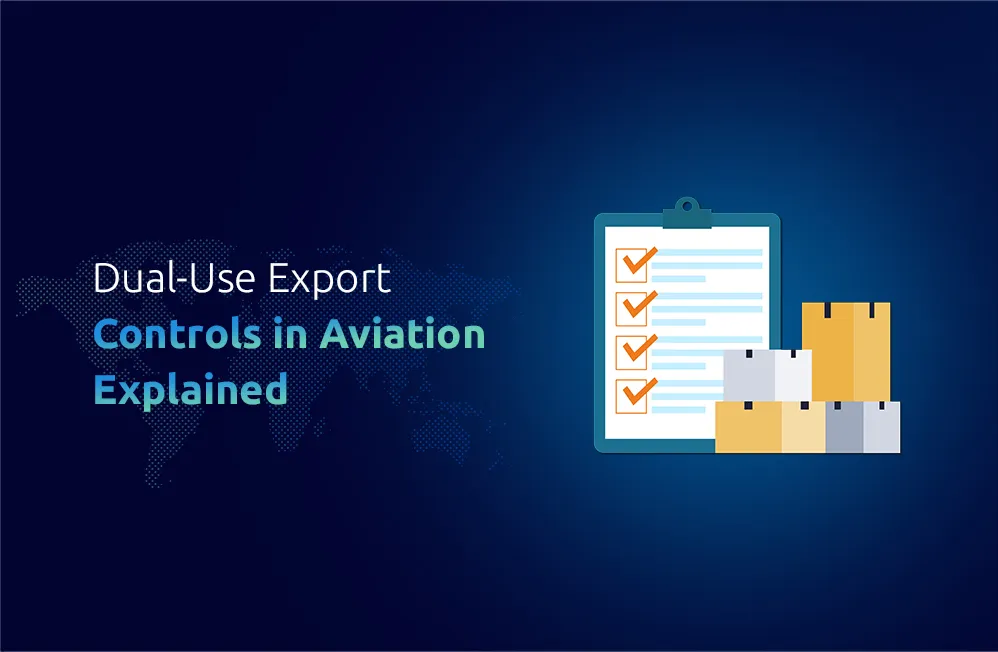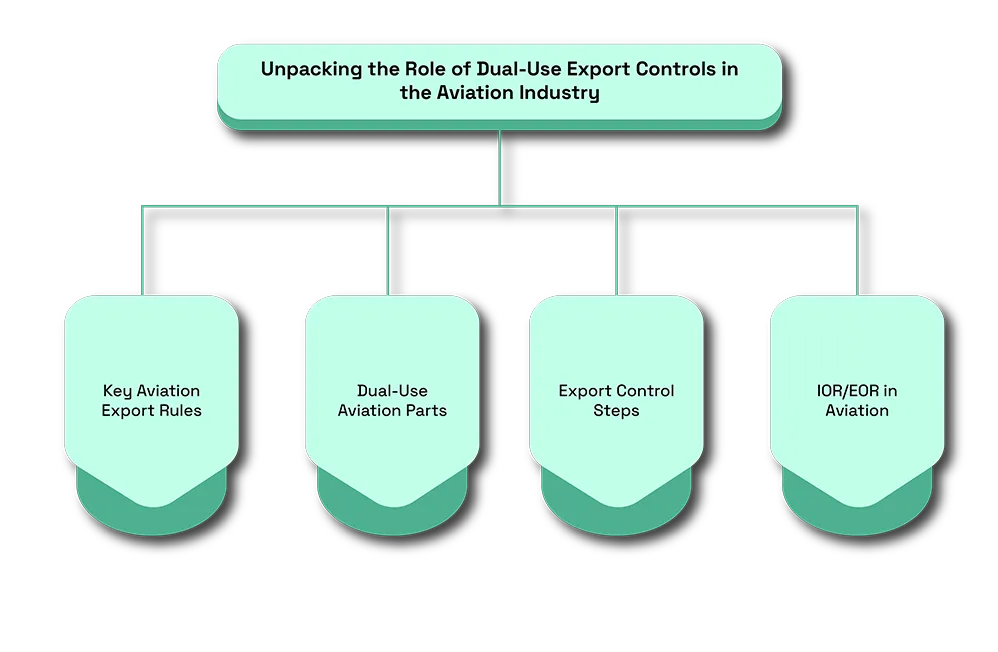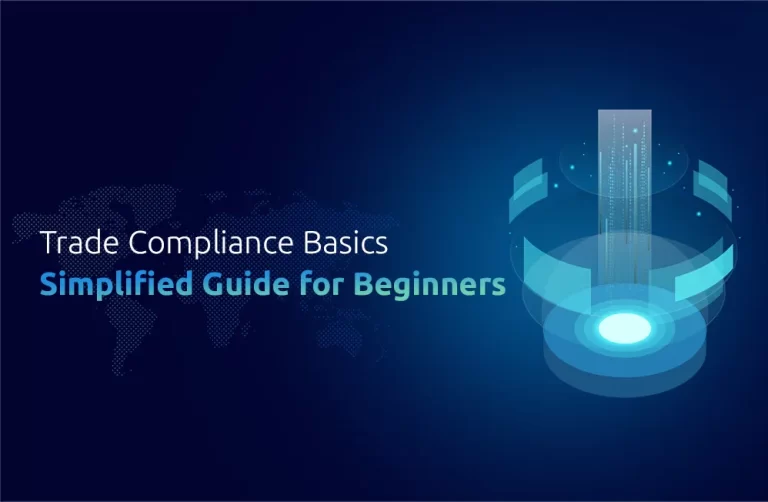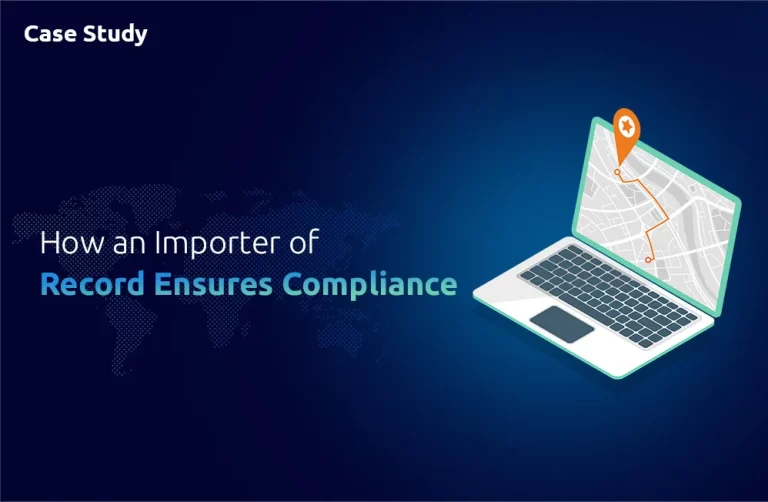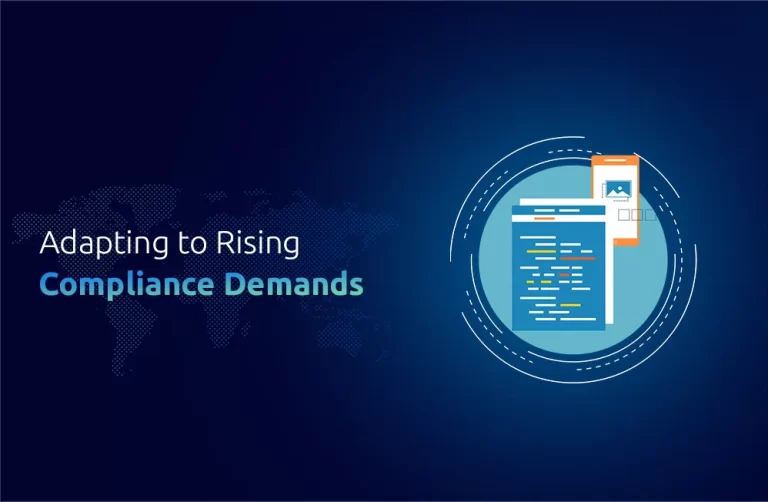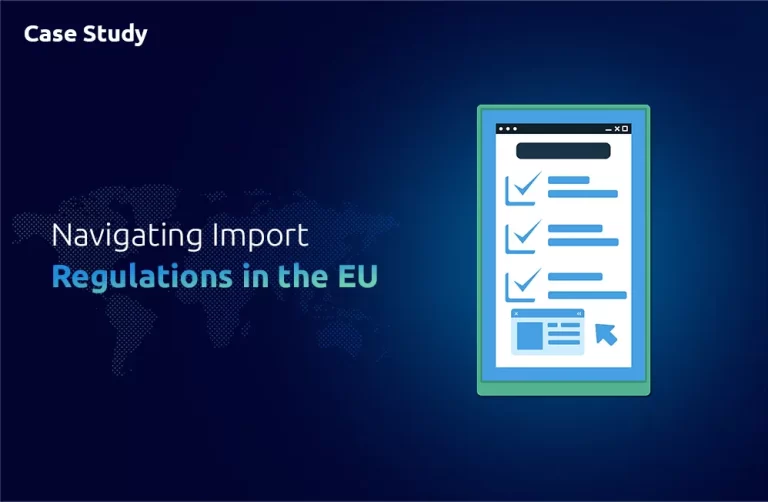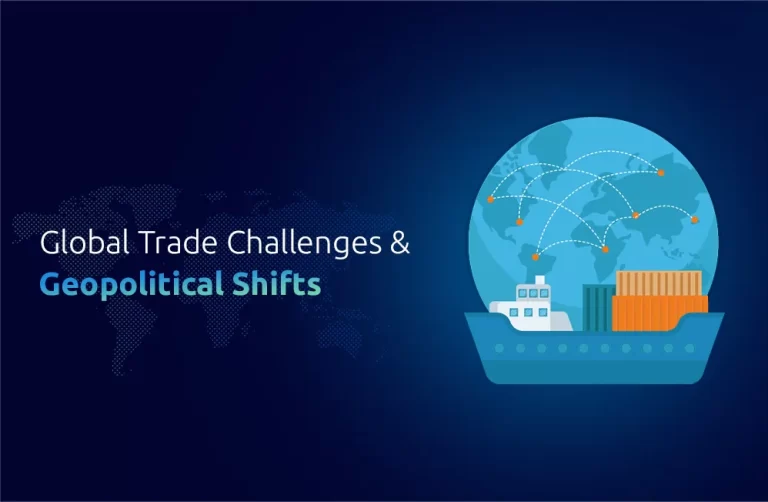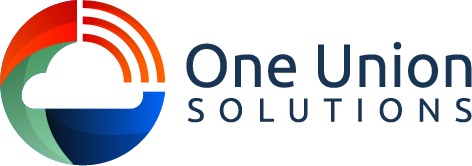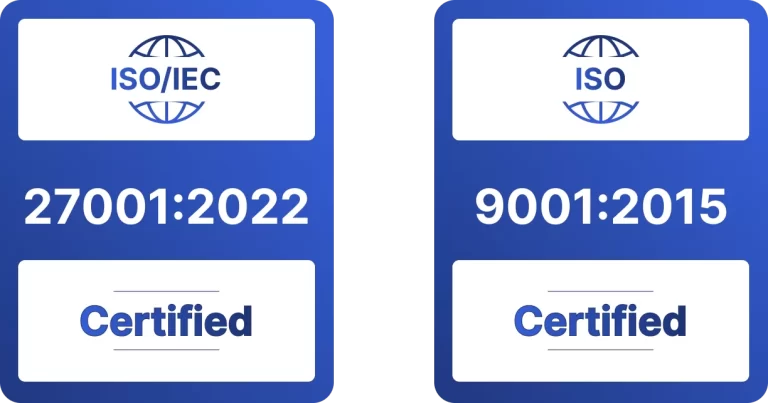Introduction
Our interconnected world’s service and defense protection requirements rely heavily on aviation technologies for civilian and national security operations. The functionality of numerous aviation elements and systems spans civilian applications and military requirements, which subjects them to a dual-use export control framework. Regulatory measures aim to stop sensitive technological exploitation through correct market trade regulation.
The required compliance standards for aviation manufacturing businesses are vital to their operational success. Noncompliance with regulatory measures results in substantial monetary penalties, market trade limitations, and official legal sanctions. The paper investigates dual-use export control functions and their aviation sector consequences alongside company difficulties and compliance techniques.
What Are Dual-Use Export Controls?
Dual-use export controls regulate international shipments of goods and technology that serve military needs while allowing civilian use. The system controls intend two-fold protection by stopping dangerous transfers of sensitive materials to unintended recipients without affecting legitimate organizations’ operational flow. Because aviation systems operate in defense and commercial settings, dual-use goods play a central role in this sector.
The aviation sector maintains dual-use goods among navigation and avionics systems that function in passenger planes and military aircraft together with jet engines that power commercial flights yet serve military planes and radar and communication systems vital for air traffic regulation but applicable to defense needs as well as composite materials essential for aircraft production also benefit military drone and stealth jet programs.
Governments share strict oversight authority over these crucial technologies because of their military value. Companies need specific licenses for border crossings to export dual-use goods because unauthorized acquisition is risky.
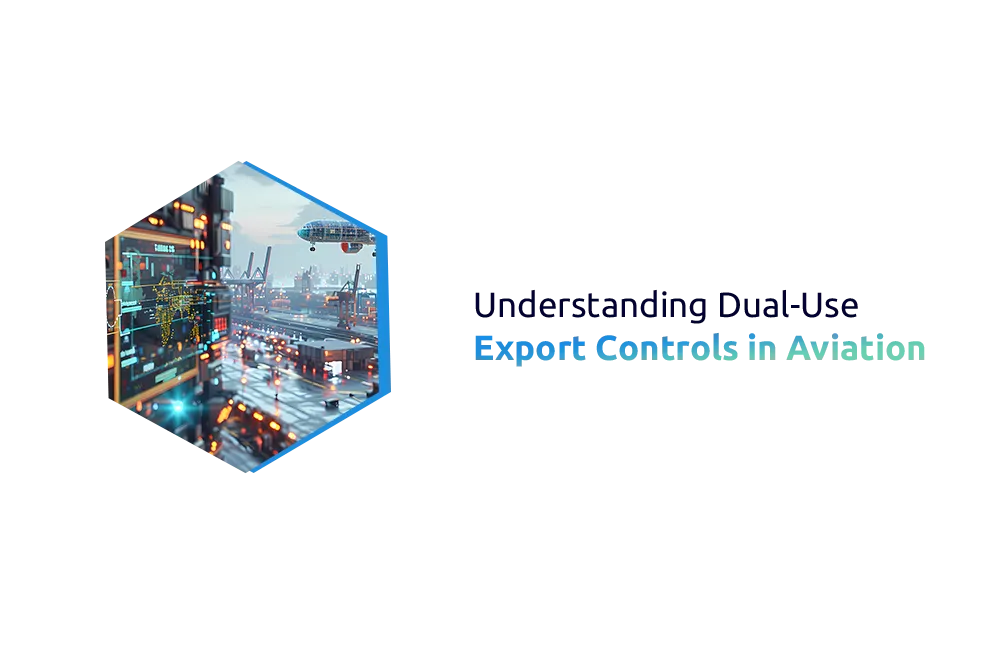
The Framework for Export Controls on Dual-Use Technology Products
Several international agreements and national regulations cover the export of dual-use aviation technologies to prevent misuse. They include key frameworks such as the Wassenaar Arrangement, which has 42 member nations, that enhance global transparency and security concerning trade in dual-use goods and conventional weapons. The Bureau of Industry and Security (BIS) governs export administration regulations (EAR), which govern the export of dual-use goods, and also mandates that companies acquire licenses for specific technologies found on the Commerce Control List (CCL).
The regulation covers sales and purchases of sensitive technologies in Europe by imposing strict licensing and end-user due diligence checks within the EU. Many countries also have agencies responsible for export control, including Japan’s Ministry of Economy, Trade and Industry (METI) or the United States Commerce Department’s Bureau of Export Administration.
UK’s DIT/DCMS supports international compliance and follows as mandated by the Directorate of Defense Trade Controls (DDTC), ensuring compliance with International and national security interests. By following these frameworks, aviation companies can comply with complex regulations worldwide and reduce the risks of dual-use exports.
How Dual-Use Export Controls Have An Effect On the Aviation Industry
Aviation manufacturers and suppliers face an arduous compliance landscape when exporting aircraft components, software, or advanced materials that must comply with dual-use export controls. Companies exporting such materials must navigate licensing procedures and international trade restrictions to remain compliant.
1. Compliance Costs and Documentation
Acquiring an export license involves extensive paperwork, including end-user statements, detailed product descriptions, and security risk analyses. Compliance teams within companies must remain apprised of regulatory updates to avoid violations.
2. Trade Delays and Supply Chain Disruptions
Strict regulations can wreak havoc with export schedules and global supply chains. When components subject to licensing requirements need approvals before shipping out, potential delays occur, and supply chains could experience disruptions.
3. Restricted Market Access
Countries subject to trade restrictions may be unable to import certain aviation technologies. At the same time, companies exporting to these restricted nations may need additional government approval or could even be banned entirely from engaging in commerce with certain entities.
4. Risk of Noncompliance
Aviation companies face catastrophic consequences for failure to comply with export control regulations, including millions of dollars in penalties, loss of export privileges, and a lasting impact on reputation in global markets.
Some clients may hold the operator liable, resulting in significant damage to their reputation, suspension of business, and impact on global business ventures – hence, aviation companies must prioritize compliance systems as part of their infrastructure to avoid enforcement disruptions and safeguard their brand with other operators across the globe.
Best Practices for Ensuring Compliance
Aviation companies must adopt a multifaceted strategy to comply with dual-use export controls, starting with developing an intensive Compliance Program (ICP). Training staff, conducting regular audits, and keeping accurate records of all export transactions are crucial to complying with regulations.
Companies using advanced screening tools, like automated compliance software, can more efficiently review transactions against restricted entity lists and expedite the licensing process, thus minimizing errors. Engaging directly with export control authorities is also vital, as direct communication allows you to clarify regulatory changes and obtain license approval faster.
Conducting regular risk analyses allows aviation companies to examine their supply chains, conduct due diligence on customers and partners, identify compliance risks before they become issues, and implement best practices that mitigate risks while simultaneously meeting ever-evolving export regulations.
Conclusion
Dual-use export management plays an essential part in global security by regulating the trade of aviation technologies that pose threats. Companies operating within this sector must remain diligent, complying with ever-evolving regulations to avoid penalties or trade restrictions that could impact them negatively.
One Union Solutions assists businesses in navigating complex export control regulations, providing expertise to ensure seamless international trade operations. Prioritizing compliance helps protect business interests and contribute to responsible global commerce.

